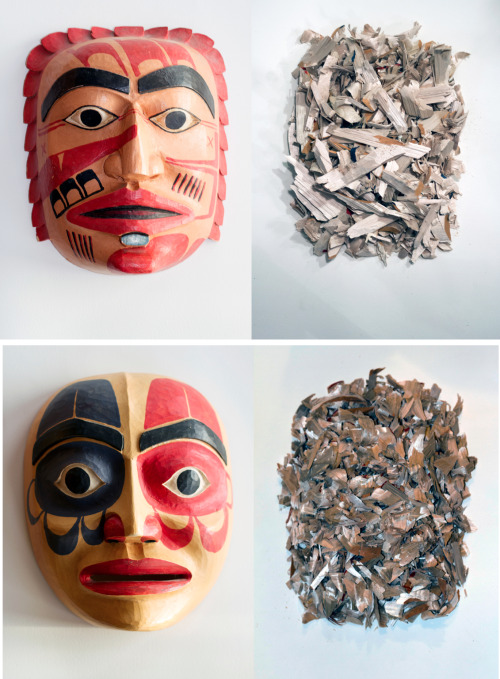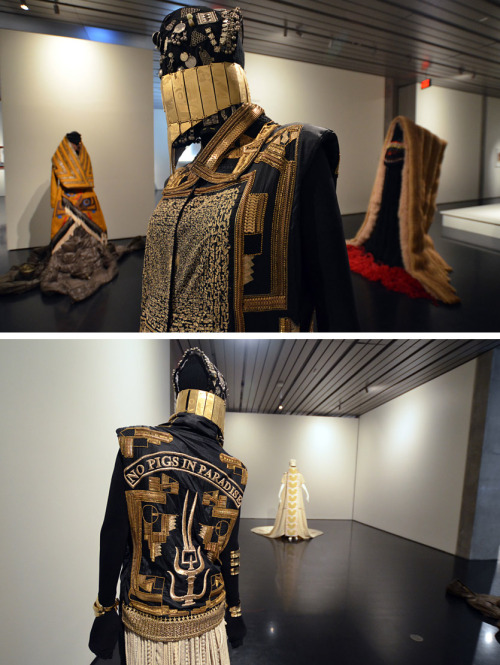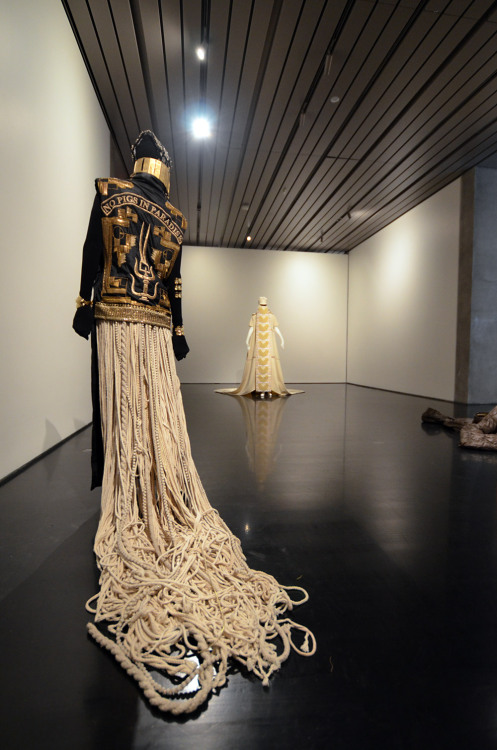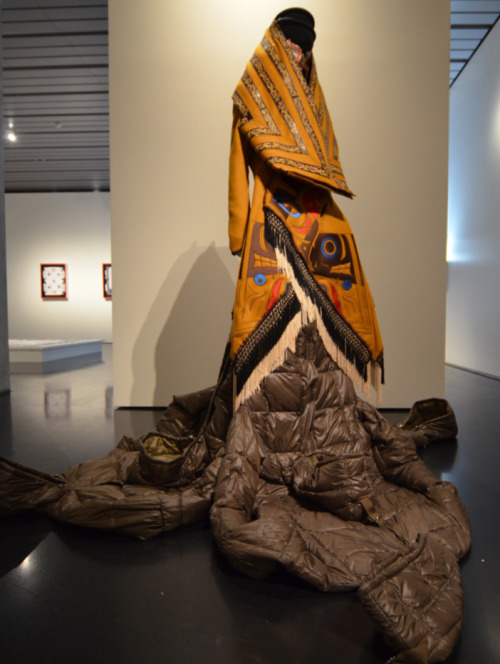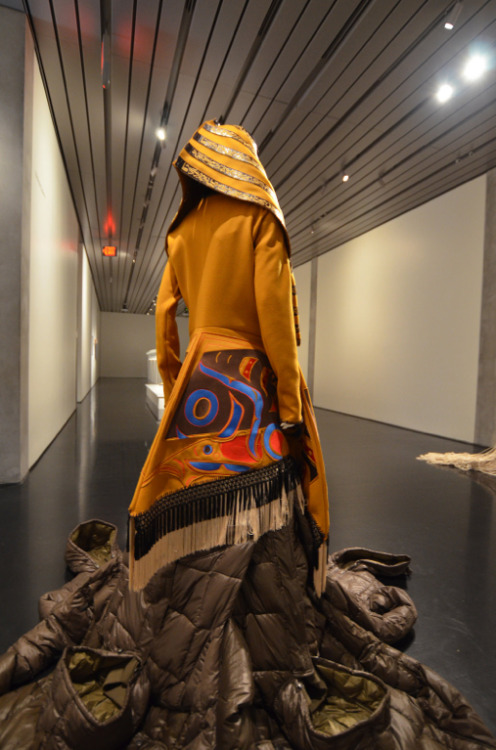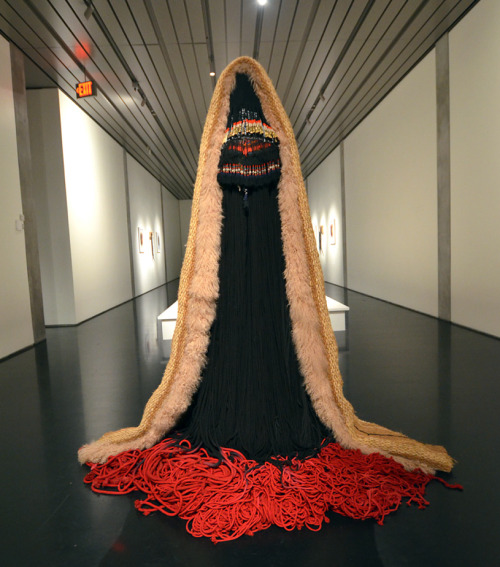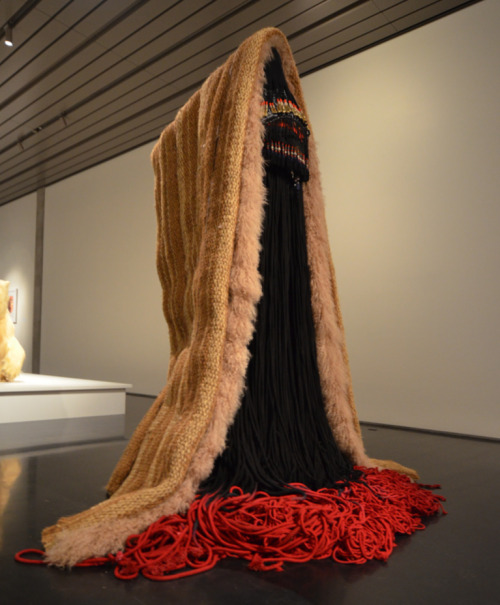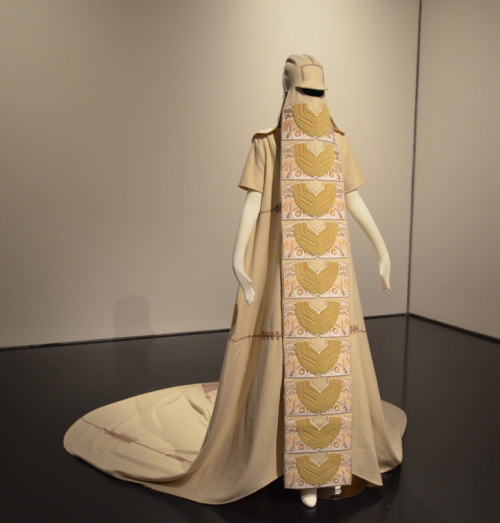5centsapound:Kill the Indian, Save the Man, new work by Nicholas Galanin! along with a collaborative
5centsapound:Kill the Indian, Save the Man, new work by Nicholas Galanin! along with a collaborative work, No Pigs In Paradise with Nep Sidhu.The legacy of human rights violations experienced by First Nations people still reverberate today,” said artist Nicholas Galanin, whose solo exhibition “Kill the Indian, Save the Man,” explores this topic and more when it opens Feb. 5, 2016 at the Anchorage Museum. Born in Sitka, Alaska, Galanin (Tlingit/Unangax) has trained in traditional as well as contemporary approaches to art. Adaptation and resistance, exaggeration and lies, dreams and memories are recurring themes in Galanin’s work. He draws upon a wide range of Indigenous technologies and global materials when exploring ideas through his art. “His work challenges the appropriation of Native culture and depiction of Indigenous peoples in popular culture,” wrote Lisa Charleyboy and Mary Beth Leatherdale in the book Urban Tribes: Native Americans in the City.Galanin’s exhibition at the Anchorage Museum “unites respect, relationship and a homage to our communities, a harmony with land and environment, and a history of survival through sculptural installation, sound, moving image, performance, collaboration and adornment,” said Galanin in an artist statement. “These works dissect, reconnect and map the real history of settler violence as experienced by First Nations peoples.”“Kill the Indian, Save the Man” includes collaborations with other artists, including Jerrod Galanin under the pseudonym Leonard Getinthecar, and No Pigs In Paradise with Nep Sidhu.“…No Pigs In Paradise speaks to an understanding of the specific histories of First Nations’ women and a clear understanding of women as essential to the restoration of First Nations’ societies. First Nations women are reaffirmed as the integral component to the reestablishment of balance and harmony. The path exists and the end goal is clear. The right path in this instance starts with protecting the women – leveraging ornament, textile, ceremony, incantation so they can be prepared to lead their families, communities and societies to an exalted, harmonious and prosperous status quo.”– Negarra A. Kudumu -- source link
Tumblr Blog : 5centsapound.tumblr.com
